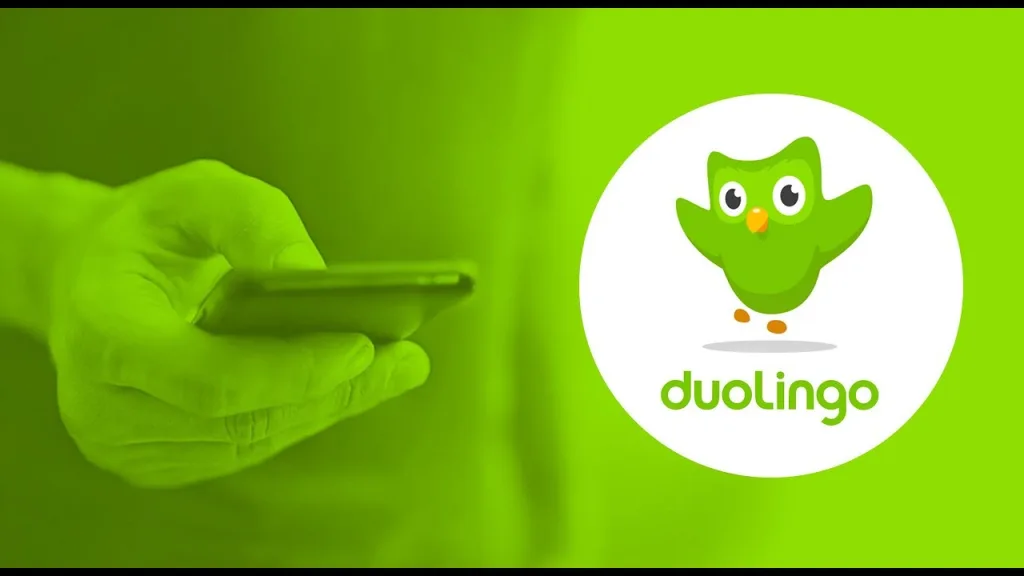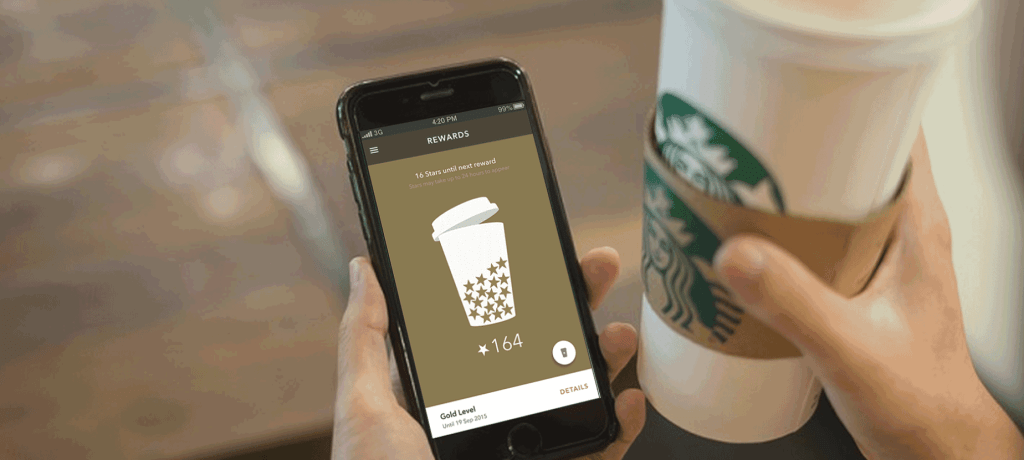In the competitive world of mobile apps, retaining users is just as crucial as acquiring them. Studies show that 90% of users stop using an app within the first 30 days of download. With so many options available, users are quick to abandon apps that don’t provide immediate value or fail to create a lasting connection. This is where the psychology of customer loyalty comes in. By understanding what drives user engagement and retention, you can implement strategic measures that encourage users to not only stay but actively engage with your app over time.
Customer loyalty isn’t just about keeping users around—it’s about fostering meaningful relationships, delivering personalized experiences, and tapping into psychological triggers that encourage continued use. Here’s how you can leverage psychological principles to build lasting user relationships.
1. The Power of Habit Formation
People are naturally drawn to routines, and apps that integrate seamlessly into daily life see higher retention rates. Research from Nir Eyal’s Hook Model suggests that apps with a clear habit loop—trigger, action, reward, and investment—are more likely to retain users. Example: Duolingo encourages daily practice through streaks, reminders, and rewards, making language learning a habit.

How to Apply This:
- Implement push notifications as external triggers, but ensure they provide value rather than annoyance.
- Use gamification, such as badges, streaks, and progression bars, to encourage habitual use and provide a sense of achievement.
- Offer personalized recommendations based on past interactions, ensuring that users receive relevant content or features at the right time.
- Introduce variable rewards, where the user is surprised with different types of incentives, enhancing engagement and curiosity.
2. Emotional Connection Through Personalization
A study by Accenture found that 91% of consumers are more likely to engage with brands that provide relevant recommendations and offers. Users stay loyal to apps that cater to their preferences and make them feel valued.
How to Apply This:
- Use AI-driven algorithms to analyze user behavior and offer dynamic, personalized content.
- Provide customized onboarding experiences that adapt to user goals, making the app feel tailor-made from the first interaction.
- Send tailored in-app messages based on user activity. For instance, if a user abandons a feature mid-use, send a helpful tip or incentive to re-engage them.
- Allow users to customize their experience, such as adjusting themes, notifications, or content preferences, giving them a sense of ownership over the app.
3. Instant Gratification and Rewards
Humans are wired for instant rewards. A study by Harvard Business Review found that apps that offer immediate benefits, such as exclusive discounts or rewards, increase retention rates significantly. Example: Starbucks’ app incentivizes purchases through rewards points, making users more likely to return.

How to Apply This:
- Implement a customer loyalty program with instant rewards that provide visible and tangible benefits.
- Use micro-rewards, such as giving points for small interactions (e.g., opening the app daily or completing a tutorial), to encourage engagement.
- Offer limited-time incentives, such as flash discounts or bonus points for timely actions, creating urgency and excitement.
- Provide progress tracking, where users can visually see their achievements and upcoming rewards, increasing motivation to continue.
4. The Power of Social Proof in Customer Loyalty
Social validation plays a crucial role in decision-making. According to Nielsen, 92% of consumers trust recommendations from peers over advertisements. Apps that incorporate social proof—such as reviews, ratings, and testimonials—tend to retain users better.
How to Apply This:
- Display user reviews and ratings prominently within the app and encourage satisfied users to leave feedback.
- Encourage referral programs where users get rewards for inviting friends, leveraging word-of-mouth marketing.
- Incorporate social features, such as leaderboards, community challenges, and discussion forums, to foster a sense of belonging.
- Use influencer partnerships or testimonials from well-known figures within your industry to build credibility and trust.
5. Reducing Cognitive Load
Users often abandon apps due to complexity and information overload. A study by Forrester Research found that a well-designed UI can increase conversion rates by up to 200%.
How to Apply This:
- Simplify navigation with an intuitive UI/UX design, ensuring that essential features are easy to find.
- Minimize choices to prevent decision fatigue (e.g., default settings for new users that can be adjusted later).
- Use progress indicators to guide users through complex tasks, helping them understand where they are in a process.
- Implement smart defaults and automation, reducing manual input and making interactions seamless.
6. FOMO (Fear of Missing Out) and Scarcity
Scarcity creates urgency, making users more likely to act. A study by CXL Institute found that limited-time offers can increase conversions by 30-40%.
How to Apply This:
- Use countdown timers for promotions or rewards to visually reinforce urgency.
- Highlight limited-edition content or exclusive features, making users feel privileged to have access.
- Send personalized alerts about expiring deals, unredeemed rewards, or exclusive opportunities.
- Implement social FOMO, showing when other users have taken advantage of a deal or feature, increasing perceived value.
7. Community Engagement and User Involvement
When users feel like they belong to a community, they’re more likely to stay engaged. Apps with strong communities experience up to 30% higher retention rates than those without.
How to Apply This:
- Create in-app communities where users can interact, share experiences, and offer support to one another.
- Encourage user-generated content, such as testimonials, challenges, or reviews, making users feel like contributors rather than just consumers.
- Host exclusive live events, webinars, or Q&A sessions where users can interact with experts or other community members.
- Implement social challenges or collaborative features, where users can team up, compete, or share achievements.
Final Thoughts
Understanding the psychology of customer loyalty is key to keeping users engaged in your app. By leveraging habit formation, personalization, instant gratification, social proof, and other strategies, you can create an experience that not only attracts users but keeps them coming back for more.
Retention isn’t just about preventing churn—it’s about building emotional connections, providing value at every interaction, and making your app an indispensable part of users’ lives. Start implementing these psychological principles today, and watch your engagement metrics soar as your user base transforms into a loyal community.




